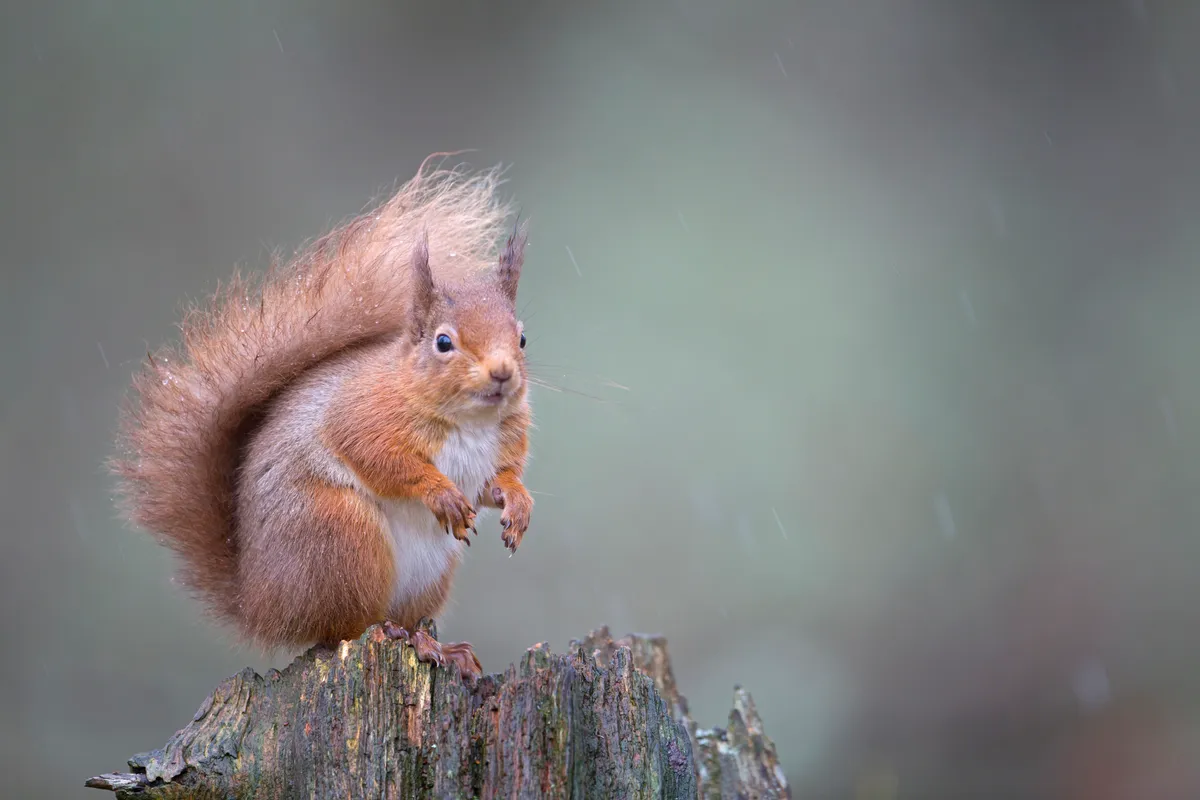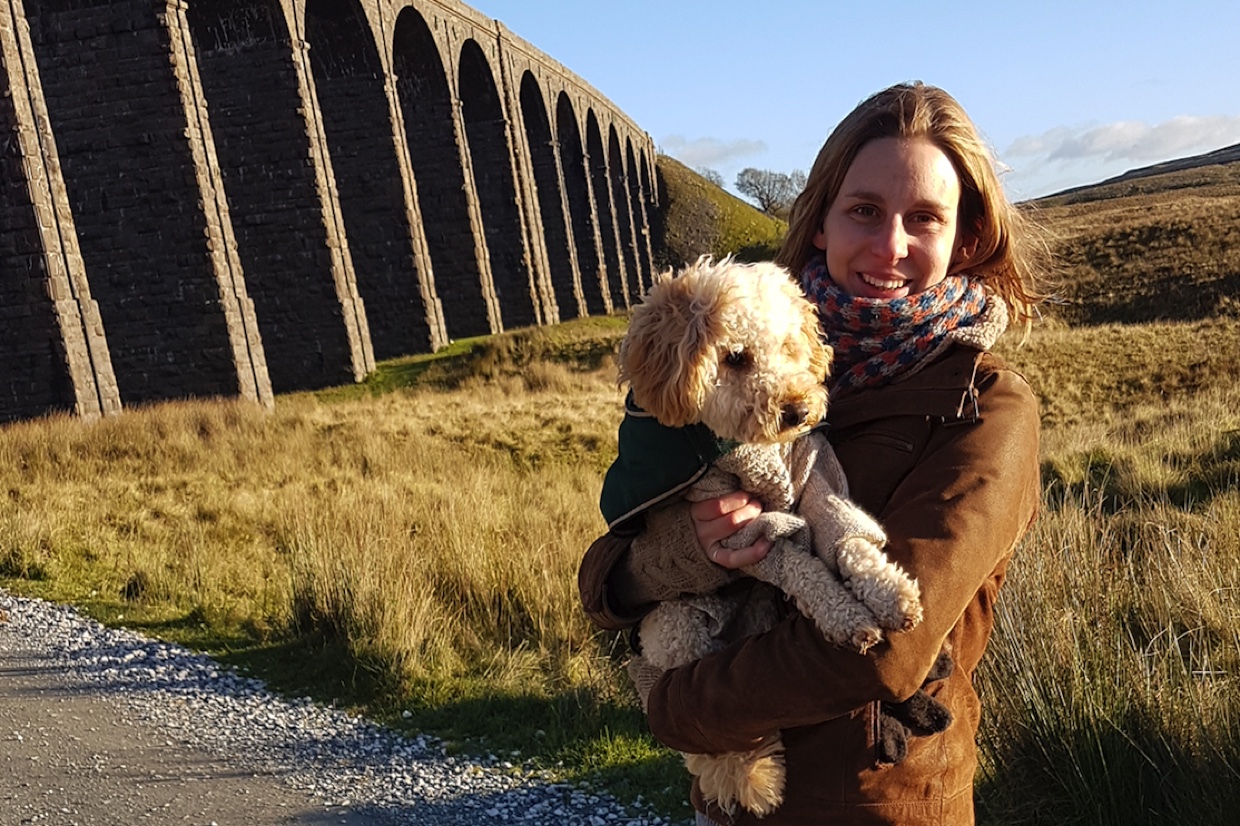An ambitious new project to find out how nature is doing in Cairngorms National Park is about to be launched by the Cairngorms National Park Authority.
Following a review of international approaches, the Cairngorms Nature Index (CNI) will build on a successful method that has been used in Norway.
The new method involves selecting indicators that can reveal the health of ecosystems in the National Park and looking at how they respond to pressures such as climate change, pollution and land use.
For example, snow bed cover, aquatic invertebrates and stream temperature are indicators that can show water quality and the impact of climate change on the National Park’s freshwater and alpine systems.
The Cairngorms National Park is the largest in the UK and is situated within the Scottish Highlands. It contains one quarter of Scotland’s native forest and is home to beavers, red squirrels, ospreys and the rare and iconic twinflower.
“We want to achieve a National Park that is richer in nature; understanding how nature is doing and what is driving change is hugely important,” says Sarah Henshall, CNI project manager at the Cairngorms National Park Authority. “It can act as an early warning system allowing us to target the right conservation action in the right place to mitigate impact or reverse decline.”
Over the next 18 months, the Cairngorms National Park Authority will be working with environmental consultancy Atmos Consulting Ltd and a project advisory group to develop an approach tailored to the park.
The project advisory group comprises representatives from Nature Scot; Scottish Environment Protection Agency; Forest and Land Scotland; Scottish Link; RSPB; National Biodiversity Network Trust and Game and Wildlife Conservancy Trust.

The project will be delivered in three phases. Phase one will involve developing the methodology and collating data from across the National Park; phase two is when each ecosystem will be assessed; and phase three will be the compiling and communicating of the results.
This process will be repeated periodically and the results will help inform the Cairngorms Park Partnership Plan, which brings together businesses, land managers, communities, charities and the public sector.
Pete Mayhew, director of conservation and visitor services at the Cairngorms National Park Authority, says: “If the Covid-19 pandemic has shown us anything, it’s how important our natural world is. There has never been a better time to take stock of our environment.”
“We need to understand more about the health of our ecosystems so that we can be effective in our work to increase biodiversity. With 49% of the National Park being of international importance for nature we are in the perfect place to lead the way in this project as a first for the UK.”
Main image: Loch Morlich, Glenmore Forest, Cairngorms National Park. © Getty
